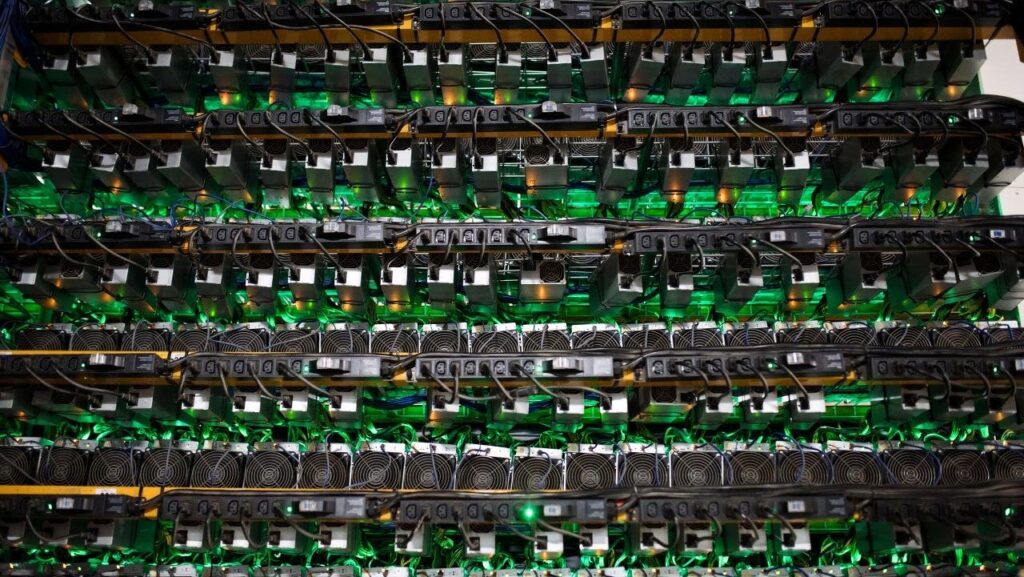Bitcoin Mining: A Comprehensive Guide
Bitcoin mining is the process by which new bitcoins are created and transactions are added to the blockchain. Miners use powerful computers to solve complex mathematical equations that validate and secure transactions. In return for their efforts, miners are rewarded with newly minted bitcoins.
How Does Bitcoin Mining Work?
1. Mining Hardware: Miners use specialized hardware, such as ASICs (Application-Specific Integrated Circuits), to mine bitcoins efficiently. These machines are designed to perform the necessary computations quickly and accurately.
2. Mining Pools: Many miners join mining pools to combine their computing power and increase their chances of successfully mining a bitcoin block. When a block is successfully mined, the rewards are distributed among the members of the pool based on their contributions.
3. Block Rewards: When a miner successfully solves a mathematical puzzle, a new block is added to the blockchain, and the miner is rewarded with a set number of bitcoins. This reward acts as an incentive for miners to continue validating transactions and securing the network.
4. Difficulty Adjustment: The Bitcoin network adjusts the difficulty of mining tasks regularly to ensure that new blocks are added to the blockchain at a consistent rate. This adjustment helps maintain the security and integrity of the network.
In conclusion, Bitcoin mining plays a crucial role in maintaining the decentralized nature of the cryptocurrency. By validating transactions and adding them to the blockchain, miners contribute to the security and stability of the Bitcoin network. Whether you are a seasoned miner or a newcomer to the world of cryptocurrency, understanding the basics of Bitcoin mining is essential for anyone looking to participate in this innovative technology.

